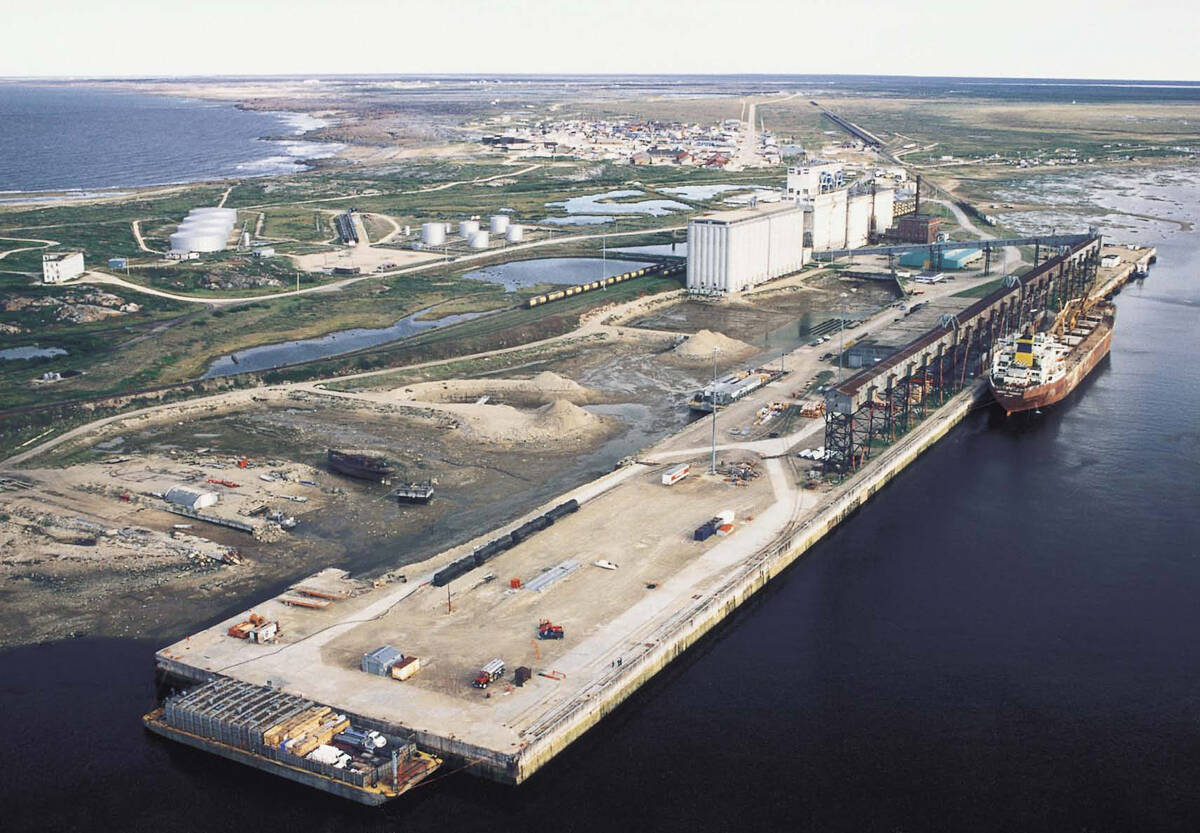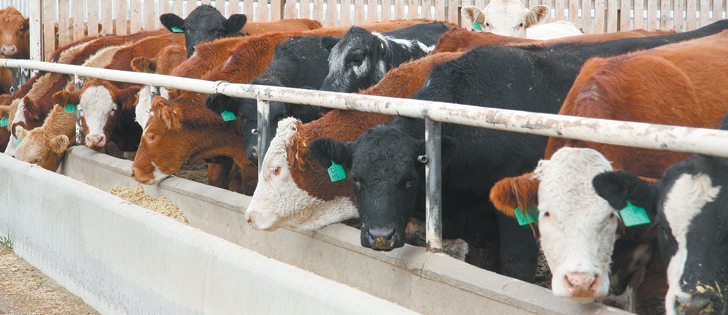Canadian cows still slaughtered | U.S. starting to retain females for breeding, reducing trim supply for hamburger
Cattle are selling for record prices and feed supplies are plentiful, but an aging group of North American producers are still hesitant about expanding their herds.
Cow-calf returns improved in Canada this year by about $150 per head. Speculation was Canadian producers might move to expand ahead of their American counterparts, but that is not the case, said market analyst Brian Perillat of Canfax.
“The disappointing side of this is our cow herd is still shrinking. We think we are going to be down one percent,” he told the annual Canfax Market Forum in Calgary Nov. 27.
Read Also

Defence investments could benefit agriculture
A bump in Canada’s NATO spending commitments could lead to infrastructure investments that would benefit rural areas
Projections for this year indicate high cow slaughter rates and more culls moving south. Herds may be culled by 15 percent.
“That is a liquidation mode of culling rate,” he said.
However, American producers might begin minor expansion by 2015, said Duane Lenz of Cattlefax.
This year’s U.S. cow slaughter has declined sharply, which indicates breeding females are being kept for another year. The result is higher cow and trim prices. The U.S. will have to import more trim to supply the demand for ground meat.
“We are still a hamburger nation,” Lenz said.
“That is what people want. If rounds and chucks get low enough, we are going to grind them.”
A smaller cow herd means fewer calves, fewer steers and heifers to go on feed and reduced slaughter.
“We think next year we are going to be about half a million down in slaughter,” Lenz said.
Canada also has excess finishing capacity and is expected to kill 2.5 million head this year. It may fall to two million next year, which could hurt the country’s feeding and packing infrastructure.
However, Perillat said Canadian feedlots that want to continue are fairly full, even though 21 have closed or switched to backgrounding operations.
“We have more cattle on feed than a year ago,” he said. “We have large volumes of cattle coming to market.”
The reduced cattle numbers and slaughter has pushed retail beef prices higher.
U.S. beef is averaging $4.98 per pound, pork $3.44 per lb. and broilers $1.93 per lb.
Consumers will look at pork or poultry if beef becomes too expensive. As a result, beef demand is expected to decline next year.
“There is going to be more protein out there for people; it will just be in a different form,” Lenz said.
He said beef carcass weights have not dropped as much as was expected when the growth supplement Zilmax was pulled from the market earlier this year. However the grades have improved, so more Choice grades are available.
The big news for the year has been record prices for fat cattle in the U.S.
The daily Kansas fed cattle price was $131 per hundredweight for the week of Nov. 18 and might yet hit $132 or more. However, Lenz said bids may be $127 to $130 per cwt. by early February, depending on the weather.
“There is going to be a lot of discussion about whether we can get to $140, but I doubt it,” he said.
Cattlefax predicts the annual average fed price will be $126-$129 per cwt. next year.
“I think we will sell a lot of cattle between $125-$135,” he said.
“In the U.S., we all get kind of greedy and we all think these prices of $132 to $135 will last. Look at where we were three years ago, fed cattle prices averaged 85 cents (per pound). We got to a dollar, we thought that was the end of the world.”
Feeder cattle prices also improved because an ample harvest reduced corn prices. Feedlots are making money again after tremendous losses the last two years.
Lenz said the average price range on a 750 lb. steer will be $150 to $178 per cwt. and a 550 lb. calf could be $190 with a higher range in the northern Plains depending on what the weather does.
Bred cow prices are on the upswing by $100 to $150 per head, which means they could be worth around $1,600 next year. The limiting factor is whether there is grass. Canadians should consider sending bred cows south because they are needed.
Slaughter cow prices could reach record highs next year because of demand and short supply.
The short supply of mature animals could force cow plants to close next year because there is too much packing capacity in the U.S. right now. Lenz also said some regional plants could be in trouble.
Cattle prices in Canada have been good but nothing to compare with what is happening in the U.S.
The record price for finished cattle hit $125 per cwt. in Alberta, but Perillat said that may be the peak.
It will take a lot for feedlots to recover a year’s worth of serious losses, which dipped close to $300 per head over the summer.
“Profitability in the feedlot sector has been abysmal,” he said.
Losses occurred even when feedlots had cattle and grain contracts. More cattle are presold by contract to earn a premium over the cash market. The low number of cash traded cattle makes it difficult to chart trends or discover prices.
The cost of gain, basis and currency are considered when projecting Canadian fed cattle prices. Prices look good but are adjusted downward from the U.S. because of the wide basis.
The effects of country-of-origin labelling also need to be taken into account because U.S. buyers tend to discount their Canadian purchases.
Feeding costs are competitive because corn and barley prices are close to equal, but he said COOL is a disadvantage.
The Canada-to-U.S. basis has been volatile this year, and Canfax calculates that a basis level of minus $18 costs a feedlot up to $150 per head relative to what American feedlots would get.
Consequently, fat cattle prices have been flat for the last couple years over the summer. Average fed cattle prices were $118 per cwt. this year, down from predictions of around $122 per cwt.
Cow prices are trending higher, but there is quite a discount this time of year.
The price for a 550 lb. steer is trending higher but has not encouraged ranchers to produce more calves. Manitoba is seeing strong support because of competition from U.S. and Ontario buyers.
The future looks rosier for cow-calf producers, but they need to remember that there is a three cent per lb. change in calf prices for every one cent change in the loonie. Basis has been $3 wider than last year, which translates into a 7.5 cent per lb. loss in calf prices.
Canada remains export dependent despite the uncertainty created by COOL, exporting 40 percent of total production as live and boxed beef. The Americans have been willing to buy more live cattle because their plants need them to run efficiently.
















